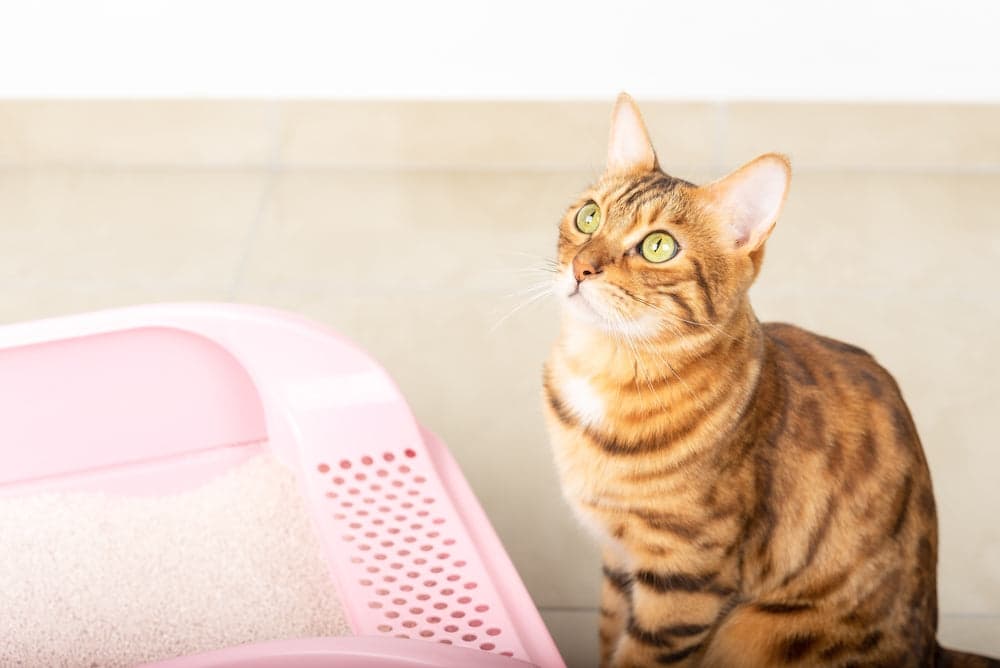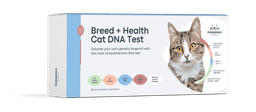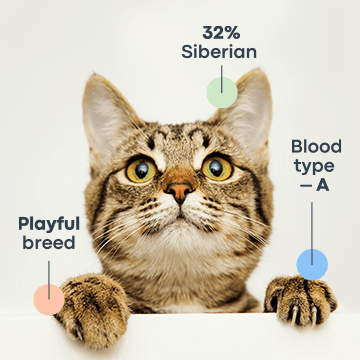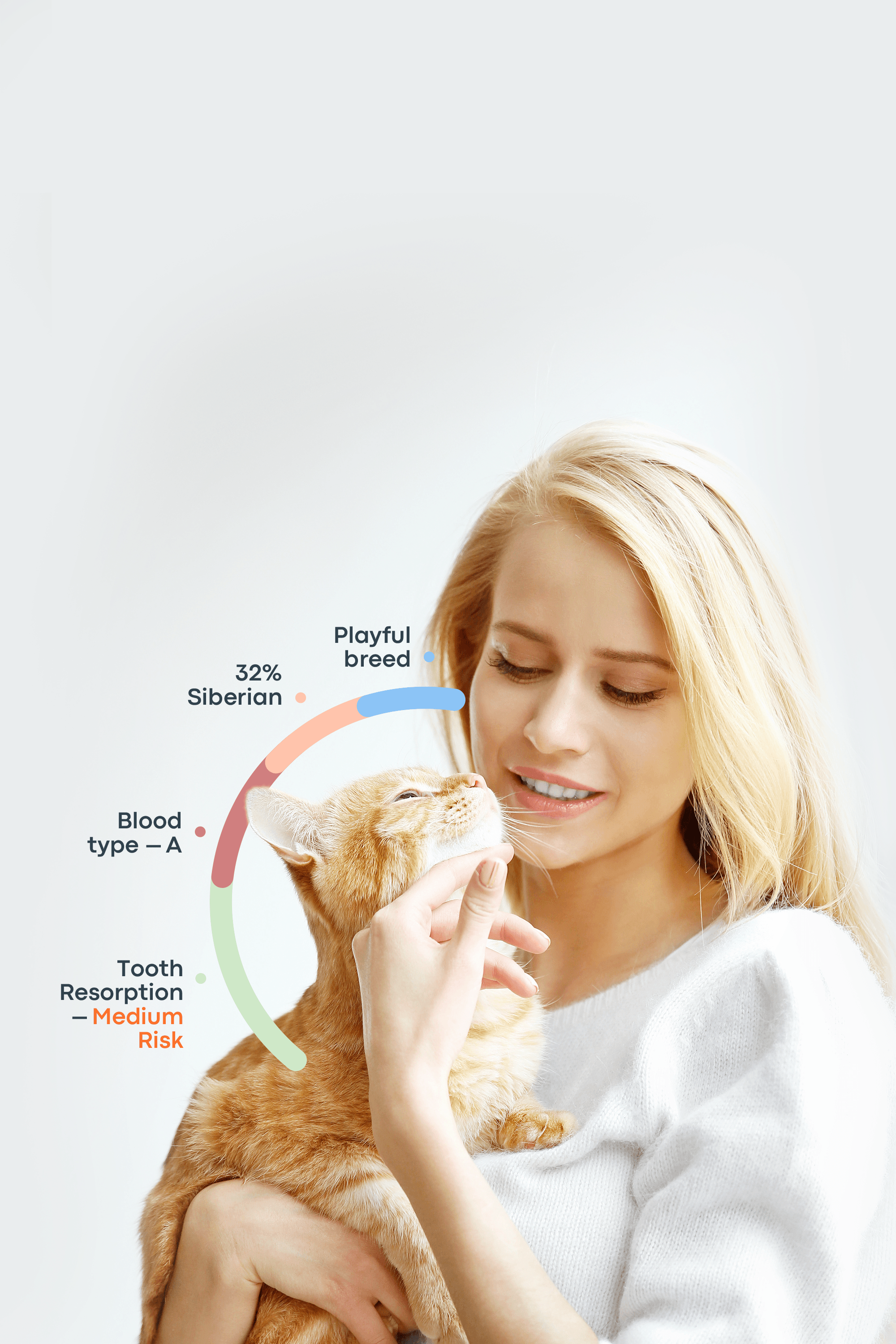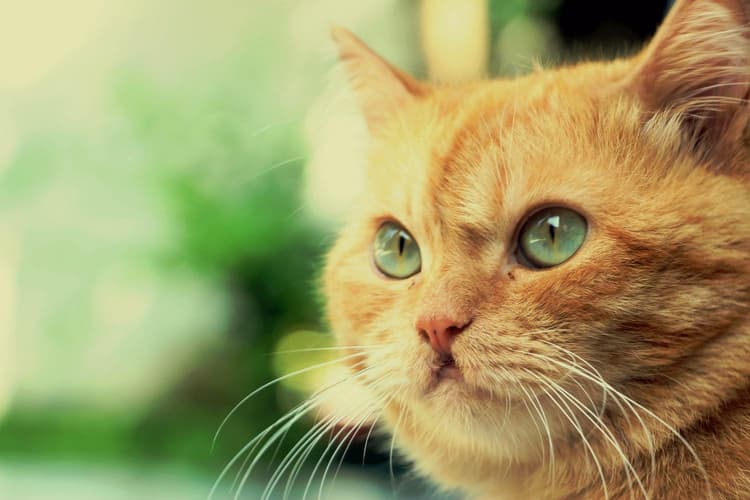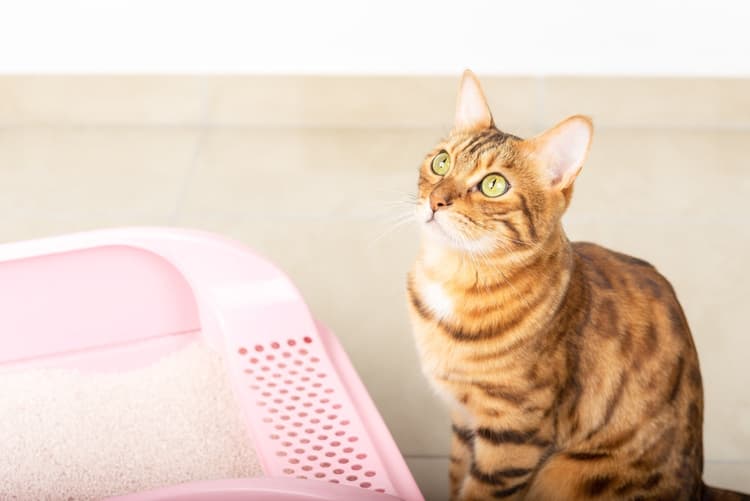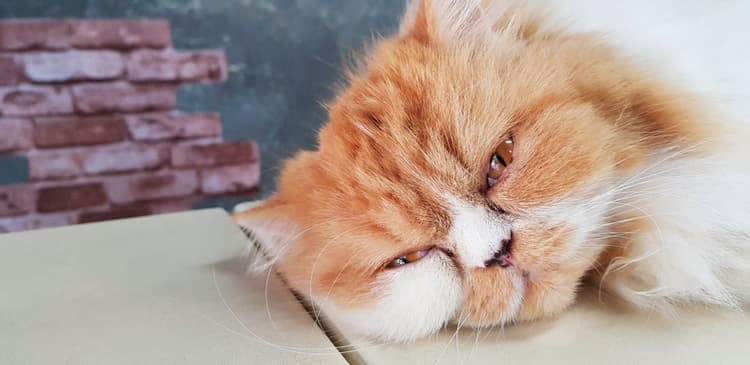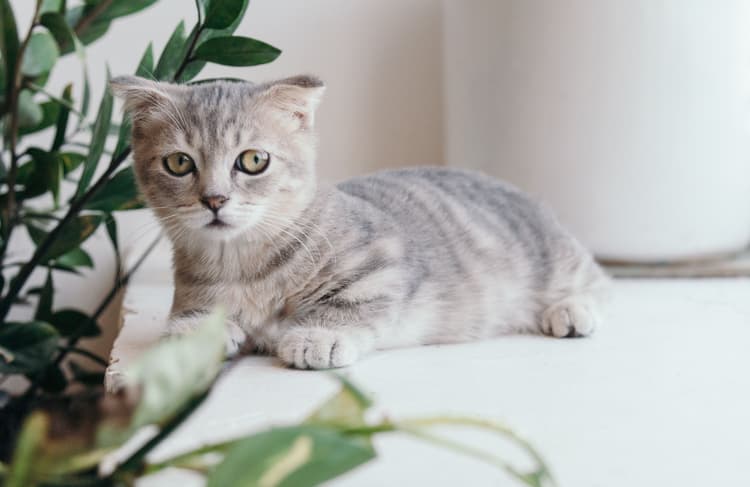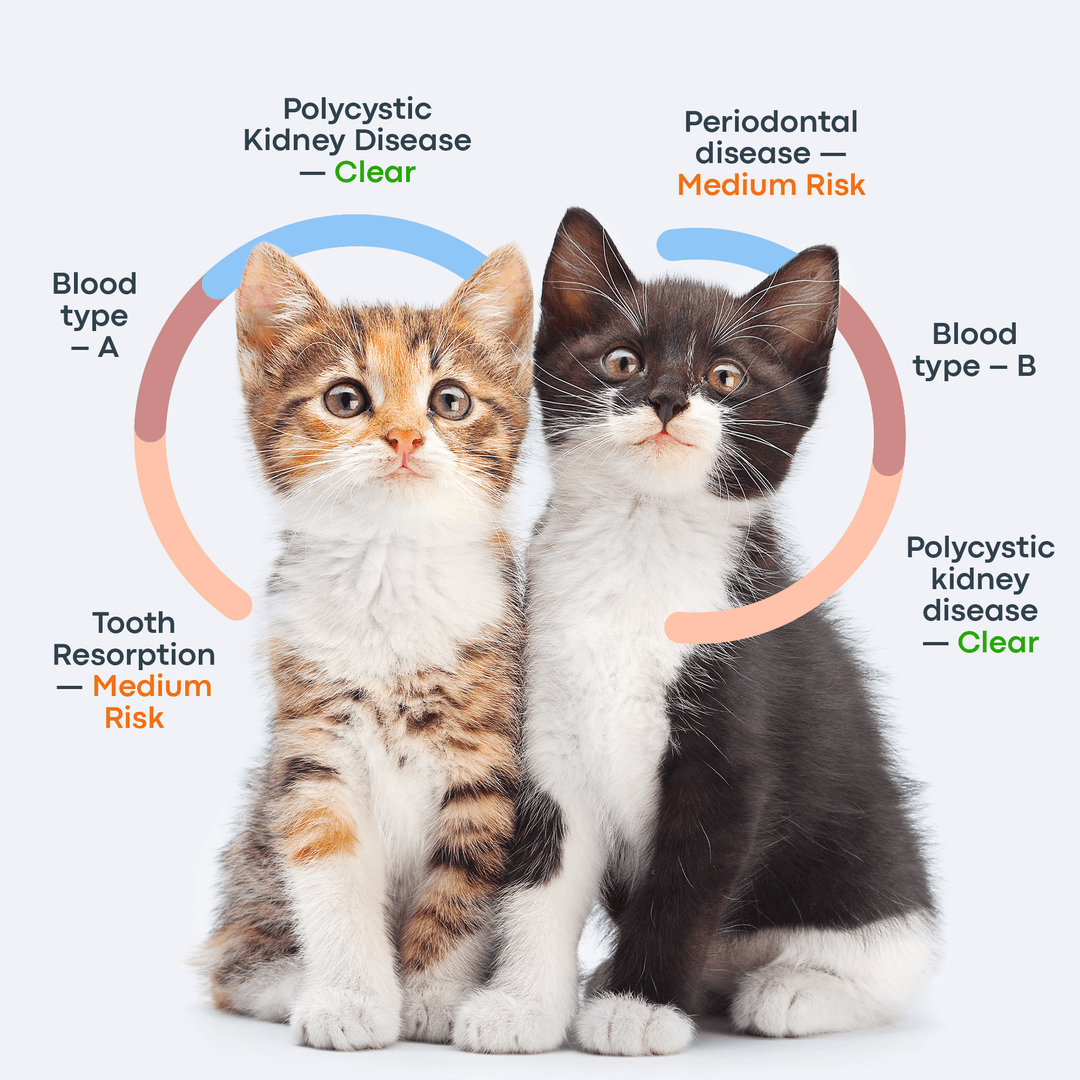It might not be the first place you’d think to look for health insights—but your cat’s litter box holds important clues. From tiny color changes to subtle shifts in texture, your cat’s poop can reveal early signs of diet issues, stress, or illness long before other symptoms appear.
Understanding Your Cat's Poop
As cat parents, we all want to give our furry companions the best care possible. While it might not be the most pleasant topic, your cat’s poop can tell you a great deal about their health. The color, consistency, and frequency of their bowel movements can reveal early signs of digestive issues or other underlying conditions. Knowing what’s normal for your cat helps you spot changes that may signal it’s time to visit the vet. In this guide, we’ll walk you through what healthy cat poop looks like and the signs to watch for next time you clean the litter box. Let’s dive in!
How often should my cat poop?
Most healthy cats will poop at least once a day. However, normal frequency can vary depending on several factors, including age (kittens tend to go more often than adults), diet, activity level, and overall health. Medical conditions such as inflammatory bowel disease (IBD), hyperthyroidism, intestinal parasites, or chronic kidney disease (CKD) can also affect how often your cat goes.
What’s most important is to know what’s normal for your cat. If your cat’s bowel habits suddenly change — for example, they start pooping much less often or more frequently than usual — and this continues for more than a day or two, it’s best to check in with your veterinarian. Consistency is key: small changes might be temporary, but persistent differences could indicate a health issue that needs attention.
What Does Healthy Cat Poop Look Like?
Healthy cat poop should be well-formed, easy to scoop, and not overly smelly. While there can be slight variations from one cat to another, these are the main characteristics of normal stool:
Color:
Healthy cat poop is typically a deep, rich brown. Any sudden change in color — such as black, red, gray, or yellow — may indicate dietary issues or potential health problems and should be checked with your vet if it persists.
Consistency:
The ideal texture is similar to modeling clay — firm but not hard, and pliable enough to hold its shape. It should leave little to no residue when picked up. Poop that’s too dry can signal dehydration or constipation, while overly soft or runny stool can point to digestive upset, diet intolerance, or infection.
Shape:
A healthy stool is usually long, sausage-shaped, and slightly segmented. It may come out in one continuous piece or a few smaller ones. Pellet-like or very thin stools may suggest dehydration or intestinal inflammation.
Odor:
All cat poop has a smell, but it shouldn’t be overwhelmingly foul. Extra-strong or sour odors can sometimes result from high-protein diets or underlying digestive issues.
Overall, consistent color, texture, and shape are good indicators that your cat’s digestive system is working properly. Any persistent changes — especially if accompanied by other symptoms like vomiting, lethargy, or loss of appetite — warrant a vet visit.
Cat Poop Color Chart
Your cat’s poop color can reveal a lot about what’s happening inside their body. While healthy stool is typically a rich brown, any consistent change in color may point to an underlying issue that requires attention. Use this chart to help interpret what different poop colors might mean and when it’s time to call your vet.
Poop Color | What It Means | When to See the Vet |
Brown | Indicates normal digestion and nutrient absorption. | No concern if the stool is firm, well-formed, and log-shaped. |
Black or tarry | May signal internal bleeding in the upper gastrointestinal (GI) tract. The dark color comes from digested blood. | See a vet immediately. This can indicate a serious condition such as ulcers or internal bleeding. |
Red streaks | Suggest bleeding in the lower GI tract, anus, or rectum — often due to irritation, constipation, or anal gland issues. | Contact your vet if bleeding lasts more than 1–2 days or occurs repeatedly. |
Yellow or orange | Could indicate a liver, gallbladder, or bile duct problem affecting bile flow. | Seek veterinary care promptly, especially if accompanied by vomiting, diarrhea, or loss of appetite. |
Green | May result from rapid food transit through the intestines, bile issues, or bacterial infections. | If the color persists for more than a day, schedule a vet visit. |
White or gray | Often points to liver or pancreatic disease, or a bile duct blockage that prevents normal bile secretion. | Treat as an emergency — immediate veterinary attention is needed. |
White specks | Usually indicate intestinal worms or tapeworm segments. | See your vet for deworming medication and a parasite check. |
Even slight changes in your cat’s poop color can be an early warning sign of health issues. While occasional variations may result from diet changes or treats, persistent discoloration should never be ignored. If your cat’s stool looks unusual for more than a day or is accompanied by symptoms like vomiting, loss of appetite, or lethargy, it’s safest to contact your veterinarian for guidance.
Fecal (Poop) Scoring
Purina Veterinary Diets provides a comprehensive fecal scoring system to help assess a cat’s stool consistency, ranging from 1 to 7:
Score 1: Very hard and dry stool — indicates constipation.
Score 2: Healthy, firm, well-formed stool — ideal consistency.
Scores 3–7: Stool that is progressively softer, from slightly soft to watery, indicating potential digestive issues.
Using this scale can help you track your cat’s digestive health and recognize when a vet visit may be needed.
Constipation and Diarrhea in Cats
Constipation
Hard stool (Score 1)
Small, hard pellets that are difficult to pass and leave little to no residue.
Often caused by dehydration, obesity, hairballs, or colon blockages.
If your cat hasn’t passed normal stool for over 48 hours, contact your veterinarian.
Normal to slightly soft stool (Score 3)
Moist on the surface but still holds its shape.
May have little or no segmentation.
Usually not alarming, but watch for persistent changes.
Soft to Loose Stool
Soft stool (Score 4)
Soggy texture that loses form when picked up but maintains a log shape.
Can be an early sign of digestive upset or mild infection.
Very soft stool (Score 5)
Passed as a pile rather than logs.
May indicate moderate digestive issues caused by diet changes, stress, or parasites.
Loose or watery stool (Scores 6–7)
Score 6: Liquid stool with some texture but no shape.
Score 7: Completely watery, no texture or form — classified as diarrhea, especially if frequent.
What Diarrhea Means
Diarrhea can be a symptom of underlying health issues, such as bacterial infections, intestinal parasites, or dietary intolerance. Monitor the frequency and consistency of your cat’s bowel movements, and report persistent changes to your veterinarian for proper evaluation and treatment.
What’s Inside Your Cat’s Poop
Your cat’s stool can reveal more than just their digestive health — it can also show what’s passing through their system. Here are some common things you might find and what they mean:

Hair (Overgrooming & Hairballs)
Cats that groom excessively may swallow large amounts of fur, which can clump together in the intestines and form hairballs. Occasionally, finding hair in stool is normal, but frequent hairballs can indicate stress, skin irritation, or digestive problems. Regular brushing, a high-fiber diet, and ensuring your cat stays well-hydrated can help reduce hairball buildup.
Worms & Parasites (Tapeworms, Roundworms)
Parasites like tapeworms and roundworms are common in cats. Tapeworms often appear as small white segments resembling rice grains, while roundworms look like spaghetti-like strands. These parasites can cause diarrhea, weight loss, vomiting, or a dull coat. Routine deworming, flea control, and regular veterinary checkups are essential for keeping your cat healthy.
Undigested Food (Digestive Issues)
Sometimes you may notice bits of undigested food in your cat’s stool. This can occur when food moves too quickly through the digestive tract or if your cat has difficulty breaking down certain ingredients. Causes may include food intolerance, low-quality diets, or gastrointestinal problems. Consult your veterinarian and consider feeding easily digestible, high-protein food to help improve digestion.
Foreign Objects (Toys, Threads, Rubber Bands)
Finding non-food items like toy pieces, threads, or rubber bands in stool may indicate your cat has been chewing or swallowing inappropriate objects — a behavior known as pica. This can lead to intestinal blockages or injury. Keep small objects out of your cat’s reach, and contact your vet immediately if your cat shows signs of vomiting, lethargy, or loss of appetite.
Why Does My Cat's Poop Smell so Bad?
A strong odor in your cat’s stool can be caused by several factors, including diet, parasites, bacterial imbalances, or digestive conditions such as inflammatory bowel disease (IBD). Low-quality cat food—especially those containing fillers, artificial ingredients, or poorly digestible proteins—can make digestion harder and result in smellier poop. Parasites and an imbalance in gut bacteria can also contribute to foul odors.
To help reduce unpleasant smells:
Feed a high-quality, easily digestible diet tailored to your cat’s needs.
Ensure your cat stays properly hydrated, as water aids healthy digestion.
Include fiber in their diet to promote regular bowel movements.
Maintain routine deworming and veterinary checkups to catch infections, digestive issues, or IBD early.
Keep the litter box clean, as frequent scooping prevents odor buildup in your home.
By combining a nutritious diet, proper hydration, and good litter box habits, you can help your cat maintain healthy digestion and reduce unpleasant smells in your home.

What to Do If You Have Concerns About Your Cat's Poop
Monitoring your cat’s poop is only part of the picture — it’s equally important to observe their overall behavior and physical condition. Each time you clean the litter box, ideally a few times a day, take a moment to inspect their stool using a fecal score chart as a guide. Tracking changes in consistency, color, and frequency over time can help you spot early signs of dehydration, digestive issues, or dietary imbalances.
Also pay attention to changes in urine output, as this may indicate urinary tract infections, kidney problems, or other health concerns.
Your cat’s poop provides valuable insight into their internal health. It can show whether they’re properly hydrated, digesting food efficiently, or experiencing early gastrointestinal issues. Regular monitoring allows you to detect subtle changes early, enabling prompt intervention before problems become serious.
When to see the vet
You should seek veterinary care immediately if your cat experiences:
Severe diarrhea lasting more than 24 hours
Constipation lasting over 48 hours
Persistent foul odor
Vomiting
Sudden weight loss
These symptoms may indicate infections, inflammatory bowel disease (IBD), parasites, or more serious digestive or systemic conditions.
Because both diarrhea and constipation can quickly lead to dehydration and discomfort, prompt veterinary attention is essential. Your veterinarian can determine the underlying cause, recommend an effective treatment plan, and guide you on dietary or lifestyle changes to support your cat’s digestive health and overall well-being.
Conclusion
Monitoring your cat’s poop is an easy yet powerful way to keep tabs on their overall health. By regularly observing color, consistency, and frequency, you can establish a baseline for what’s normal for your cat. Use the fecal scoring guide and the tips in this article to help identify signs of digestive issues, dehydration, or other health concerns early. Staying vigilant ensures your furry friend stays happy, healthy, and comfortable — and lets you know exactly when it’s time to call the vet.
Get to Know Your Cat Better With Basepaws
As a devoted cat parent, you want to provide the best care for your furry friend—both now and in the future. The Basepaws Breed + Health Cat DNA Test helps you do just that. With a single test, you can uncover your cat’s unique genetic profile, including breed makeup, potential health risks, and traits that make your cat truly one-of-a-kind.
Armed with this information, you can make proactive decisions about diet, care, and preventive health measures, ensuring your cat stays happy and healthy for years to come. Take the guesswork out of cat care and become a more informed, confident cat parent with Basepaws.
Frequently Asked Questions
How often should my cat poop?
Most cats should have at least one bowel movement per day. Frequency can vary depending on age (kittens typically go more often than adults), diet, activity level, and health conditions such as inflammatory bowel disease (IBD), hyperthyroidism, parasites, or chronic kidney disease (CKD).
What does normal cat poop look like?
Healthy cat poop is usually deep brown, with a consistency similar to modeling clay — firm but pliable. It should leave little to no residue when picked up. Ideally, it’s long, slightly segmented, and passed in one piece, sometimes accompanied by a few smaller pieces. Odor is generally mild, though it can vary depending on diet.
What does abnormal cat poop look like?
Poop that is red, orange, black, too hard, or overly loose may signal a health problem. Persistent changes in color or consistency should prompt a veterinary check.
What should I do if I'm concerned about my cat's poop?
Monitor your cat’s stool for changes in color, consistency, and frequency. Also observe behavior and overall appearance. Contact your veterinarian if diarrhea or constipation lasts more than two days, or if it’s accompanied by vomiting, lethargy, or loss of appetite. Early intervention can prevent more serious issues.
What is a fecal scoring chart?
A fecal scoring chart helps you track and evaluate your cat’s stool. Purina Veterinary Diets provides a guide scoring stool consistency from 1 to 7:
1: Very hard and dry stool (constipation)
2: Healthy, firm, well-formed stool
3–7: Increasingly soft, mushy, or liquid stool, indicating possible digestive issues
Using a fecal scoring chart regularly helps you recognize trends, detect potential problems early, and communicate more effectively with your vet.
Reference List
https://basepaws.com/blog/feline-gi-lymphoma-and-ibd-research-at-basepaws
https://basepaws.com/blog/chronic-kidney-disease-research-at-basepaws
https://www.petmd.com/cat/general-health/what-should-my-cats-poop-look-like
https://vhc.missouri.edu/wp-content/uploads/2020/07/Nestle-Purina-Fecal-Scoring-System.pdf

